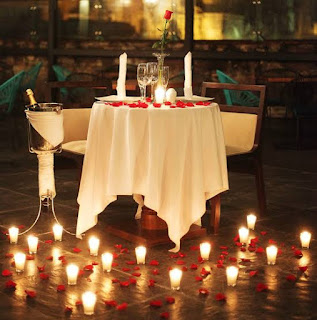RULES OF MINIMALISM

A picture perfect, well-oiled routine. That is the dream of every housewife. A place for everything and everything in its place - that is her mission in life. Perpetual tidying up and organising - a housewife's nightmare. The flawed nature of us humans is that we allow the lure of the flesh, the lust of the eyes and this innate desire for comfort and convenience to rule the roost. That's how we become hoarders - devotees of the 'Just in case' and 'What if' mantras. Here are some ground rules for budding minimalists: 1. OWN FEWER THINGS . Ever since I used Project 333 to curate a capsule wardrobe and applied the same principles in other areas of my home, I have delighted in having fewer things. Just like old friends, my clothes are dear to me now that I have chosen to keep only what fits and looks good on me. In the kitchen too, I delight to greet my pots and pans, containers, crockery and cutlery, curated to fit the recesses of my cabinets and sitting pretty...




